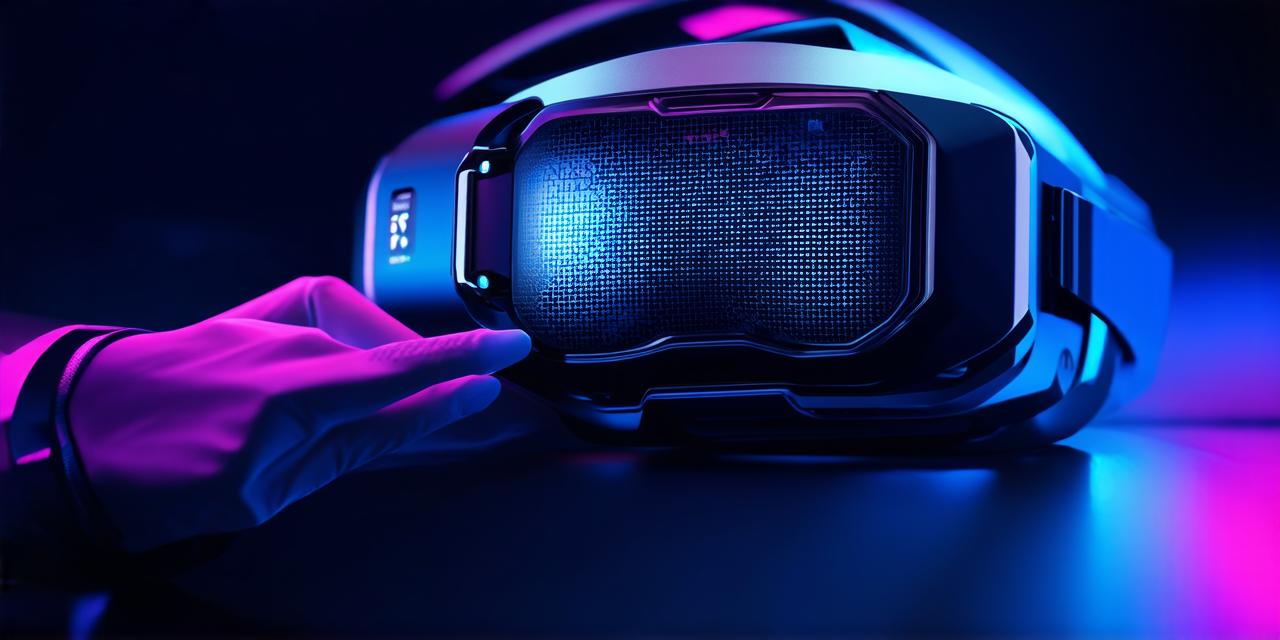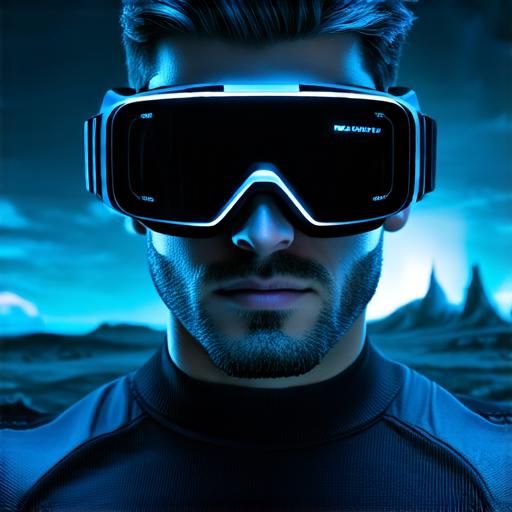
How virtual reality functions
Virtual reality (VR) is a computer-generated simulation that creates an immersive experience for users by placing them in a simulated environment that closely resembles the real world.
Hardware Components
The main hardware components of a VR system include:
- Head-mounted display (HMD) – This is the device that users wear on their heads to see the virtual environment. It consists of a screen, sensors, and tracking devices that allow the system to track the user’s head movement.
- Tracking devices – These are small sensors that are attached to the HMD or other parts of the user’s body, such as gloves or shoes. They use infrared technology to track the user’s movements and position in real-time.
- Computer – This is the brain of the VR system. It processes the data from the sensors and generates the virtual environment based on the user’s movements.
- Controllers – These are handheld devices that users hold in their hands to interact with the virtual environment. They can be used to move, point, and grab objects in the virtual world.
- Game engine – This is the software that generates the virtual environment. Popular game engines for VR include Unity and Unreal Engine.
- 3D models – These are digital representations of objects in the virtual world. They can be created using specialized software or purchased from online marketplaces.
- Textures and lighting – These are used to make the 3D models look more realistic by adding details such as textures and lighting effects.
- Audio – This includes sound effects, music, and other audio elements that enhance the immersive experience.
Software Components
The software components of a VR system include:

How it Works
The VR system works by capturing the user’s movements and using that data to generate a virtual environment that responds to those movements in real-time. When a user looks around, the HMD’s sensors track their head movement and send that data to the computer. The computer then uses that data to update the virtual environment based on where the user is looking.
When a user moves their hands or body, the tracking devices send that data to the computer as well. The computer uses that data to adjust the virtual environment based on the user’s movements. For example, if a user reaches out to grab an object in the virtual world, the computer will make the object appear within reach and allow the user to interact with it.
Summary
Virtual reality is a fascinating technology that allows users to experience immersive simulations of the real world. By understanding how VR works, we can appreciate the complexity and innovation behind this exciting field. Whether you’re a gamer, a designer, or simply curious about how VR works, there’s always something new to learn and explore.


